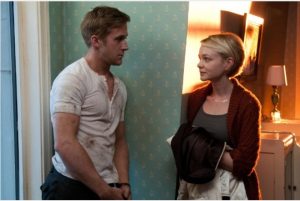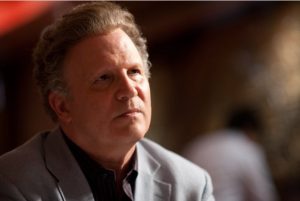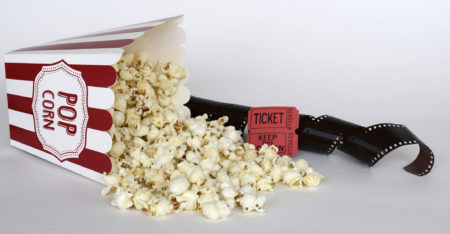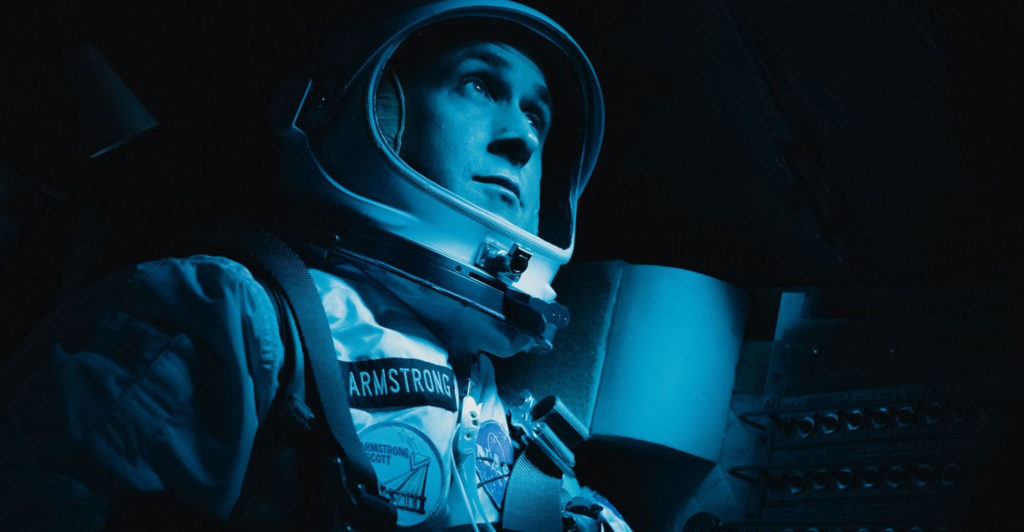
Arthouse thriller Drive opens with a tense game of cat and mouse that is one of the most masterful action sequences in a recent film. In just two minutes of screen time, director Nicolas Winding Refn tells you everything you need to know about the driver (played by Ryan Gosling) at the wheel of the movie.
You sit in the backseat of a speeding car alongside two criminals as the driver — collected, consummate professional that he is — evades the police through the streets of Los Angeles to deliver his clients to safety and fulfil his contract. The scene sets the pace for the rest of the film with its technical precision, economy and restraint.
Refn, a Danish director responsible for violent, polarising films such as Bronson and Pusher, uses this potboiler plot to create a sophisticated existential thriller in the mould of Jean-Pierre Melville’s Le Samouraï and a sly, subtle genre deconstruction with echoes of Jim Jarmusch’s Ghost Dog: The Way of the Samurai.
Drive reveres the mythology of the American crime movie in only the way a film made by a European can. Though the slow-moving thriller may test the patience of viewers expecting something along the lines of Fast & Furious 5, it will delight film buffs looking for a cerebral action film.

Drive, which is based on a short novel by James Sallis, is about a stuntman and mechanic who earns cash on the side as a wheelman for armed robbers. He is given no name or backstory in the film — all we know about him is that he holds onto a code of honour that seems quaint for the criminal circles he moves in.
He draws close to a neighbour and her son and agrees to be the getaway driver for a heist her ex-con husband must do to pay to pay off some thugs. The robbery goes bad and the driver finds himself hunted by the mob.
Indie darling Gosling has already turned in some memorable roles in his fledgling career — including his bruising performance in Blue Valentine — but this is the one that will make him an A-list star. Given little dialogue to work with, he uses only the smallest of facial expressions to convey the depths of the emotion beneath the driver’s stony composure.
Gosling’s driver brings to mind the laconic tough guys that Steven McQueen and Clint Eastwood once used to play. Like Alain Delon’s Jef in Le Samouraï, the driver moves through his world with the detachment of a Zen master, caring only for the perfection of his craft.

He says little and speaks softly when he does talk, seeming at first to be bland and torpid. But the scorpion emblazoned on the back of his jacket is a clue to his true nature. His stillness is the quivering tension of a snake poised to strike. When he reacts, it is with the force of a surgical strike.
His rules are simple: he won’t pack a gun, drive for the same client more than once or become involved in the crime beyond driving the getaway vehicle. Besides a down-on-his-luck mechanic who sets him up with stunt work and heist jobs, the driver is apparently friendless.
The driver’s equilibrium is disturbed when he falls hard for a vulnerable young mother (played by Carey Mulligan) and takes her and her son under his protective wing. It is a tenderly rendered relationship, unspoken passions simmering below its surface.
The characters are pure archetype, but are shaded into a little more by superb performances from the cast. Mulligan’s Irene is an impassive damsel in distress, who seems uncertain whether she is waiting for the driver to rescue her or chauffeur her to her doom. A weatherworn Bryan Cranston (of Breaking Bad fame) transforms the driver’s shabby business partner into a tragic hero.
The real revelation, however, is Albert Brooks as the sullen, ruthless crime boss with whom the driver tangles. Playing against his usual comedic type, Brook makes Bernie Rose ooze sleaze and menace from every pore. Yet he is not a monster, but an animal fighting for survival, just like the driver.
Drive is a film made with a craftsmanship and artistry that have become rare in action films since everyone in Hollywood started to speak the clamorous language of chaos cinema with its hyperactive fast cuts, epileptic shaky cam and post-production computer-generated imagery.
Bathed in neon and pulsing with an insistent retrocool synth soundtrack that brings to mind Tangerine Dream, Drive feels an awful lot like a Michael Mann film from the 1980s. Newton Thomas Siegel’s elegant cinematography makes extensive use of long takes and wide-angle lenses to draw the viewer into a hellish LA of strip clubs and strip malls, squalid apartment blocks and gangster-run pizzerias.
Drive trailer (via YouTube):
It is a hyper-stylised world set in an indeterminate time somewhere between the 1967 of John Boorman’s Point Blank and the 1985 of William Friedkin’s To Live & Die in LA. There is little in the way of CGI in the car chases, giving them a pleasing physical weight that brings to mind classic sequences in The French Connection and Bullitt. When there is violence, it is sharp, sickening and over in a matter of seconds.
Drive’s biggest weakness, perhaps, is the fact that it feels over-indebted to influences such as Mann’s Thief and Walter Hill’s The Driver. It crosses the line from homage and reference to outright mimicry on more than one occasion.
But Refn is confident enough as a filmmaker to get away with his pilfering of images and ideas from some of the greatest action directors of the 1970s and 1980s. His film is a sleek, classy neo-noir with a hypnotic pull and an understated wit. — Lance Harris, TechCentral
- Drive opens in SA on 9 December
- Subscribe to our free daily newsletter
- Follow us on Twitter or on Google+ or on Facebook
- Visit our sister website, SportsCentral (still in beta)




